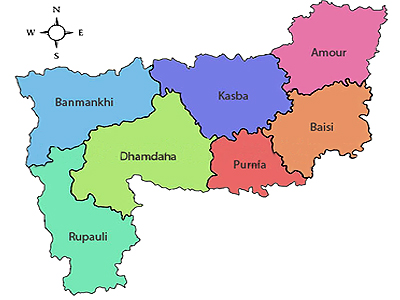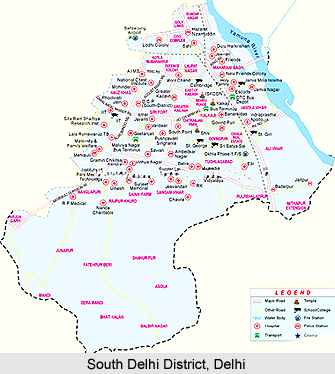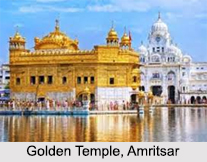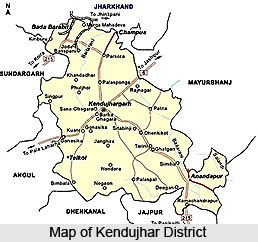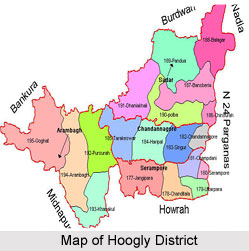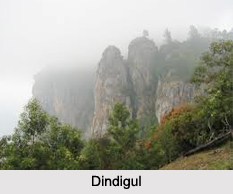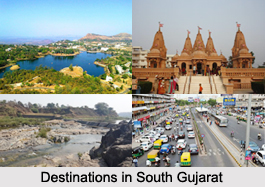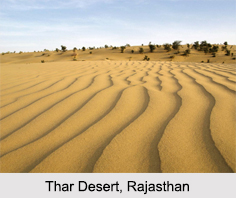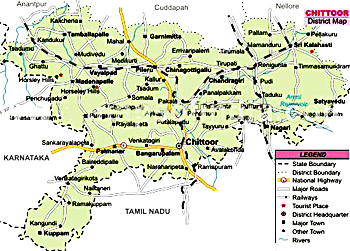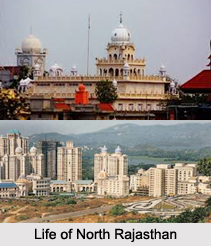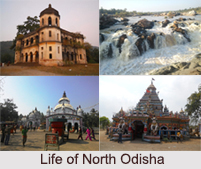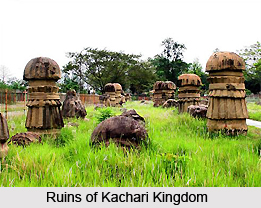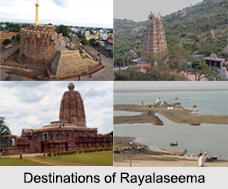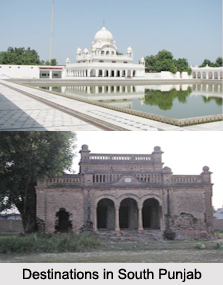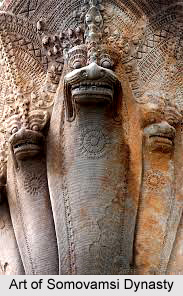 History of Subarnapur district dates back to 8th century AD and since then the place had been ruled by a number of dynasties. Formerly known as Swarnapur, it was initially a part of Khinjali Mandal which was under the rule of the Bhanjas, being the feudatory of the Bhaumakaras of Toshali. In 850 AD, the place was captured by the Somavamsi ruler Janmajaya I from the Bhanjas and the foundation of Suvarnapur kingdom was laid by him. With time, the kingdom extended its boundaries up to Utkala. In 1023, Yayati-II was the ruler of the kingdom and he divided his empire into two parts for better management of the administration of the newly captured territories. The two parts were named as Utkal Desa and Kosala Desa. Utkal Desa was ruled by the king himself and Abhivava Yayati nagar (present day Jajpur) served as its capital. Kosala Desa was ruled by a princely royal blood and its headquarters was situated at Subarnapur. The Telgu-chodas being the feudatory of the Chindaka Nagas of Bustar region captured Subarnapur in 1070 AD from the then Somavamsi viceroy. He ruled over this region for a long period of about 45 years. The Telgu-chodas were then expelled by the Kalachuris in 1113 AD. Their reign in Subarnapur extended for about 100 years.
History of Subarnapur district dates back to 8th century AD and since then the place had been ruled by a number of dynasties. Formerly known as Swarnapur, it was initially a part of Khinjali Mandal which was under the rule of the Bhanjas, being the feudatory of the Bhaumakaras of Toshali. In 850 AD, the place was captured by the Somavamsi ruler Janmajaya I from the Bhanjas and the foundation of Suvarnapur kingdom was laid by him. With time, the kingdom extended its boundaries up to Utkala. In 1023, Yayati-II was the ruler of the kingdom and he divided his empire into two parts for better management of the administration of the newly captured territories. The two parts were named as Utkal Desa and Kosala Desa. Utkal Desa was ruled by the king himself and Abhivava Yayati nagar (present day Jajpur) served as its capital. Kosala Desa was ruled by a princely royal blood and its headquarters was situated at Subarnapur. The Telgu-chodas being the feudatory of the Chindaka Nagas of Bustar region captured Subarnapur in 1070 AD from the then Somavamsi viceroy. He ruled over this region for a long period of about 45 years. The Telgu-chodas were then expelled by the Kalachuris in 1113 AD. Their reign in Subarnapur extended for about 100 years.
When the Somavamsis were expelled by the Ganga dynasty from the Utkala region, the region came under the rule of the Ganga dynasty monarch Anangabhimadeva-III (1211-1238 AD). Later the Bhanjas occupied the place and Subarnapur was then made the capital of the kingdom. However, the capital was later shifted to Boudh owing to the expansion policy of the Chouhan rulers of Patnagarh.
Ramai Deo had established the Chouhan rule first in Patnagarh, which is in the present day Balangir district. A branch of this family also established their rule over Sambalpur. Balabhadradeva, a successor of this branch conquered Subarnapur region from Siddhabhanja Deva, the Bhanja ruler of Boudh. Madhukaradeva was the next Chouhan ruler who converted the newly captured territory a vassal state and gave the administration to his second son Madan Gopal. He was also the founder of the Chouhan kingdom of Subarnapur in 1640 AD. Subarnapur remained under their rule till it merged with the Odisha province on 1st January 1948. Subarnapur, on 1st April 1993, was made the district headquarters.


